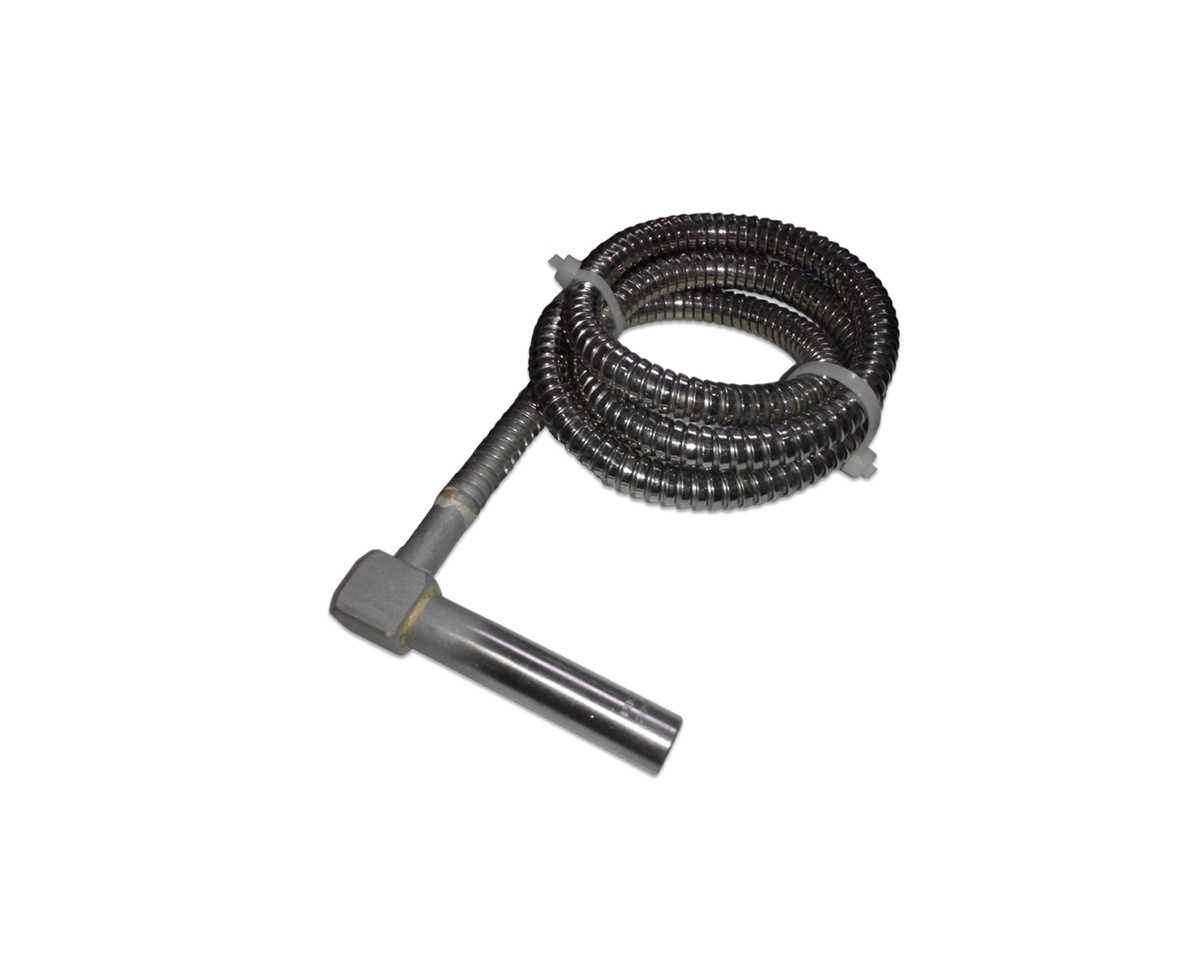In industrial and manufacturing processes, cartridge heaters play a crucial role. These small but mighty devices are widely used for heating purposes in various applications, from molding and sealing to 3D printing and aerospace. However, choosing the right cartridge heater for your specific needs requires careful consideration of several factors.
Here Are Five Key Things To Keep In Mind Before Making A Purchase
Temperature Requirements
The first and most critical consideration when selecting a cartridge heater is the temperature requirements of your application. These heaters come in different wattages and voltages, capable of reaching varying temperature ranges. Ensure the heater you choose can achieve and sustain the desired temperature without overheating or underperforming. Consider factors such as the material being heated, the ambient temperature of the environment, and any specific temperature tolerances required for your process.
Material Compatibility
Cartridge heaters are available in various materials, including stainless steel, copper, and Incoloy. The choice of material should be as per the specific requirements of your application. For example, if your process involves corrosive chemicals or high temperatures, a stainless steel cartridge heater may be more suitable due to its resistance to corrosion and oxidation. On the other hand, copper heaters offer excellent thermal conductivity, making them ideal for applications where rapid heating or precise temperature control is essential.
Size and Power Rating
The physical dimensions and power rating of these heaters must align with the space and power constraints of the equipment or system. Consider factors such as the diameter and length of the heater, as well as the available voltage and wattage. Choosing a heater that is too large or too powerful can lead to inefficiencies and potential damage to the equipment, while a heater that is too small or underpowered may not provide sufficient heat output for your needs.
Lead Wire Configuration
They are typically equipped with lead wires for electrical connection. The configuration of these lead wires can vary, with options such as straight leads, right-angle leads, or internally connected leads. The choice of lead wire configuration depends on the layout and design of your equipment, as well as considerations such as ease of installation and maintenance. Ensure that the selected heater is compatible with your preferred lead wire configuration and can be easily integrated into your system.
Quality and Reliability
Last but certainly not least, prioritize quality and reliability when choosing a cartridge heater. Look for reputable manufacturers with a track record of producing high-quality heaters that meet industry standards for performance and durability. Reading reviews and seeking recommendations from colleagues or industry experts can help you gauge the reliability of different brands and models. Investing in a reliable heater may cost more upfront but can ultimately save you time and money by reducing downtime and maintenance expenses in the long run.
In conclusion
Selecting the right cartridge heater requires careful consideration of factors such as temperature requirements, material compatibility, size, and power rating, lead wire configuration, and quality and reliability. By thoroughly evaluating these factors and choosing a heater that best meets the needs of your application, you can ensure optimal performance and efficiency in your industrial processes.


No comments yet